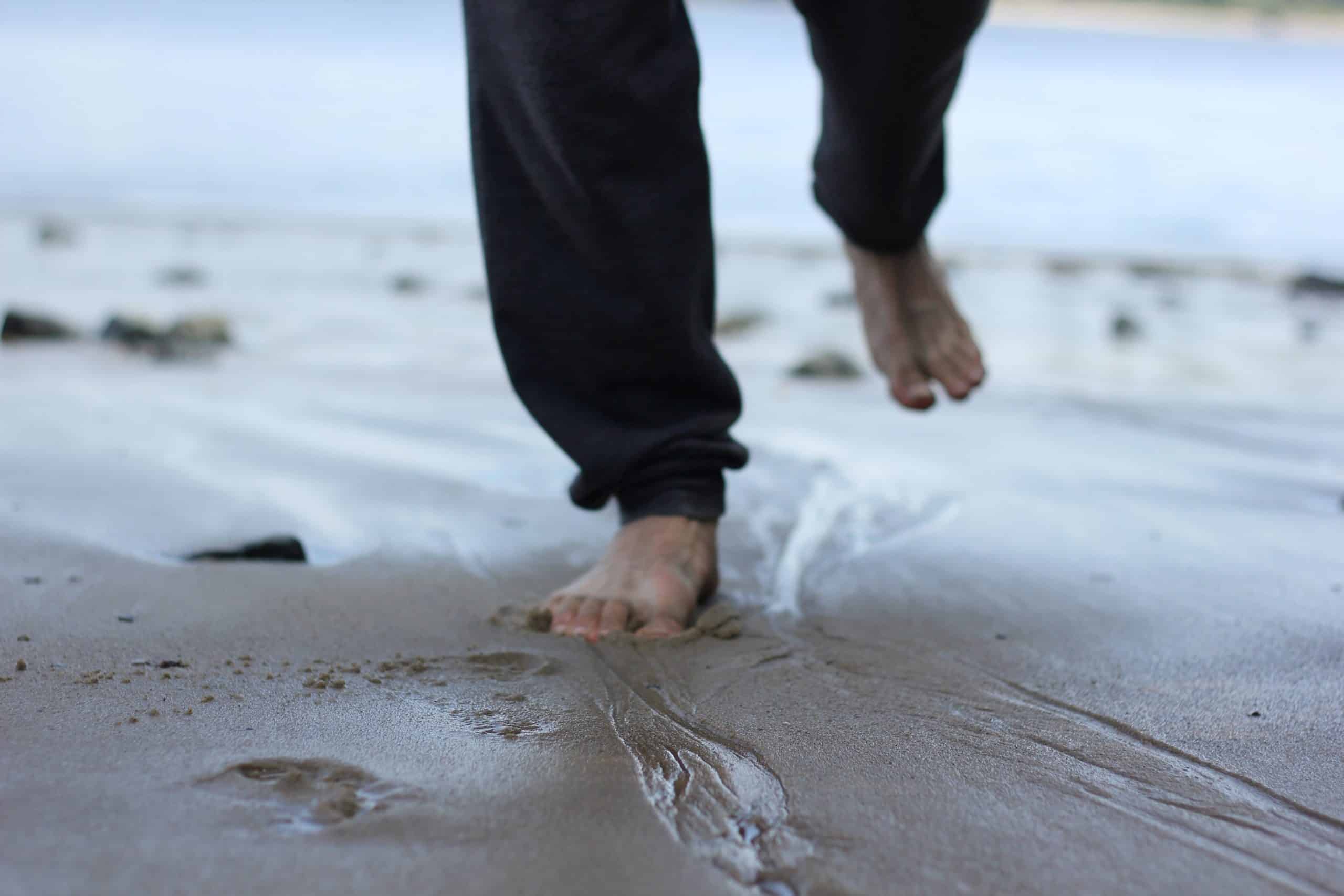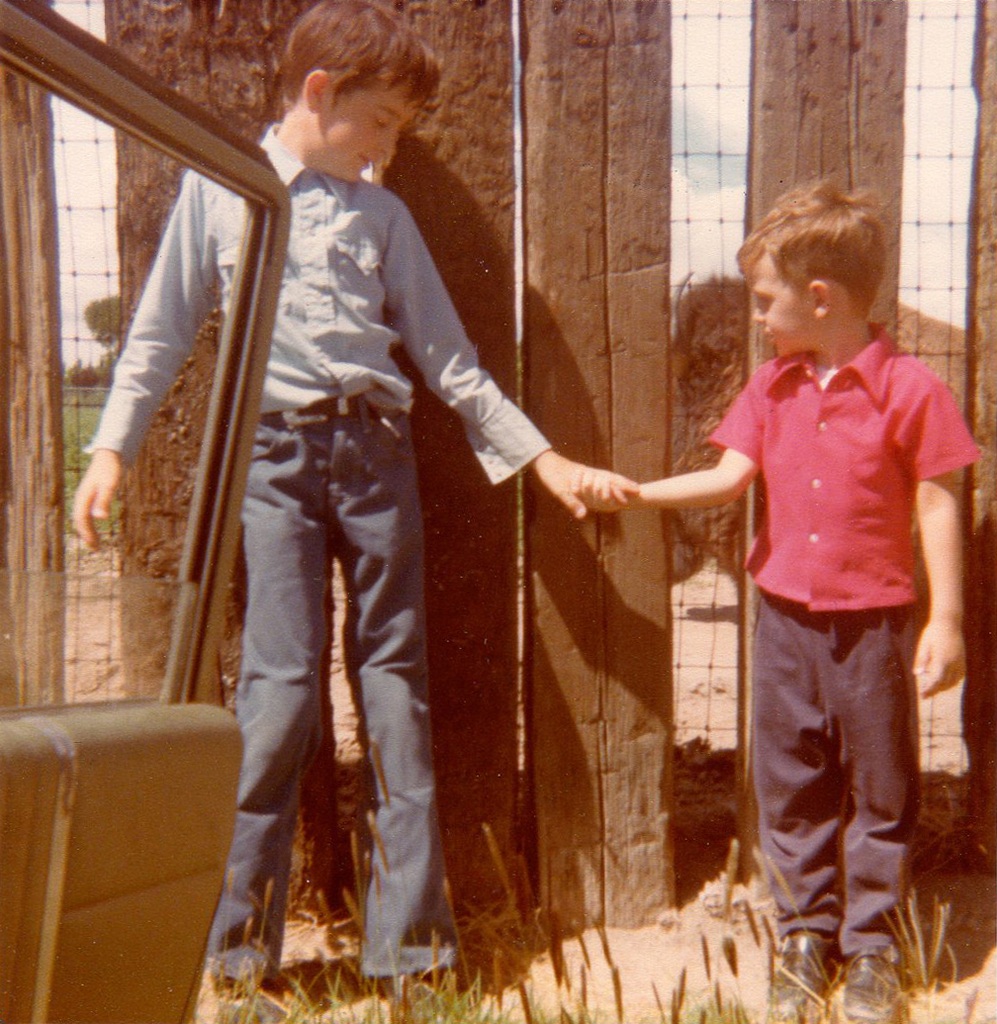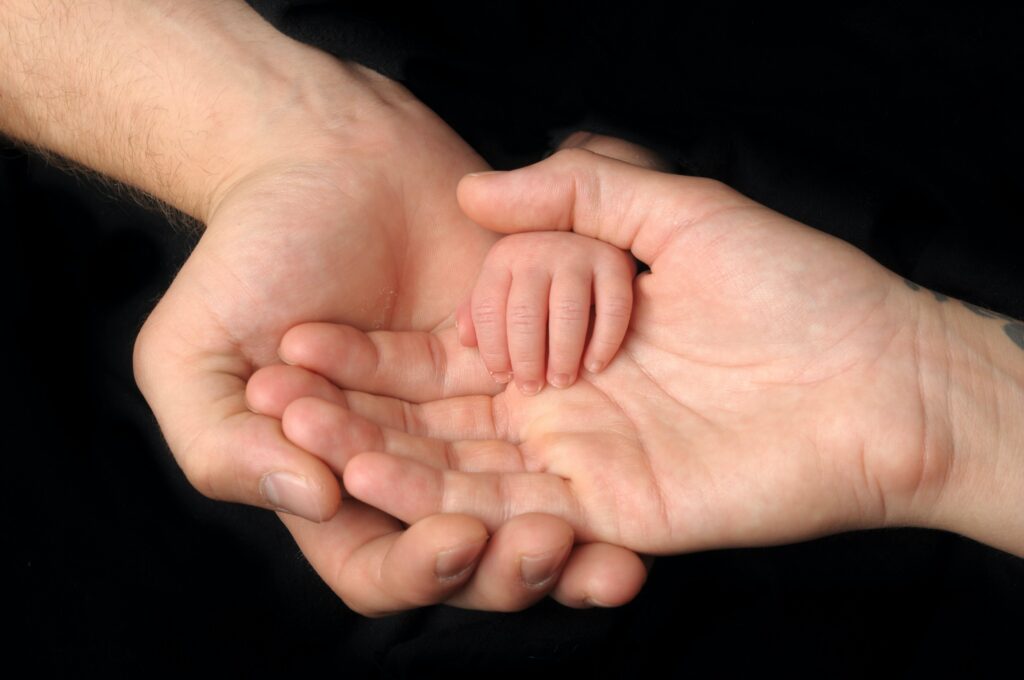One of the highlights of my childhood was the annual tradition of buying new shoes for the coming school year. My mother would dutifully take me to the shoe store, and the ritual would ensue which included picking out a new pair of shoes that were comfortable, durable, and fashionable, but most importantly affordable. Throughout my childhood, there were several changes in my shoes, but as I approached puberty I came to prefer high-top Reeboks and wore them for several years, completing the look with my blue jeans tightly rolled atop the shoes. However, no matter how loyal I was to a certain style of shoe, maturity required that I change the size. This annual tradition included putting on the new pair of shoes and walking, running, and jumping around the store in them, and then closing the sale by insisting that the old pair of shoes went into the box the new ones came in, and declaring “Thank you, I’m wearing these out!” Increasingly, like the shoes of my childhood, I’m finding myself growing out of some aspects of my Christian faith. But I don’t intend to go barefoot.
The intellectual exercise of deconstruction is incredibly sexy these days, and sometimes when a word is overused it can also be robbed of its meaning. But the act of deconstructing faith, values, beliefs, or other artifacts of conventual wisdom shouldn’t be dismissed as a deconstruction of truth. It was Augustine who observed that “the truth is like a lion. You don’t have to defend it. Let it loose. It will defend itself.” Truth has nothing to fear from deconstruction tropes, and may even be bolstered by the activity. For instance, in an essay entitled “Sometimes Fairy Stories May Say Best What’s to be Said,” C.S. Lewis observed: “An obligation to feel can freeze feelings. And reverence itself did harm. The whole subject was associated with lowered voices; almost as if it were something medical. But supposing that by casting all these things into an imaginary world, stripping them of their stained glass and Sunday School associations, one could make them for the first time appear in their real potency?” Lewis’s point was that in order to connect the truth of Christianity to the larger context of reality, it is necessary, at times, to deconstruct the decorative accouterments of the faith. Doing so allows us to sneak past what Lewis called “those watchful dragons” that are the gatekeepers of society and culture. The act of deconstruction is an opportunity for access to larger worlds of influence. To be clear, we shouldn’t feign fanning the flames of doubt for mere appearances, because inauthentic displays designed to gain acceptance by others are anathema to its intentions. But rather, we should sincerely and intentionally test everything understanding that scrutiny is the friend of faith and not its antithesis.
In ancient Israel, the prophet Samuel erected a rock commemorating a victory by Israel over its enemies. He called the rock “Ebenezer” which means “Stone of Help.” Samuel further commented on the meaning of the monument by saying that “The Lord has helped us thus far.” (1 Samuel 7:12) If you will grant me the liberty of translation, this sounds a lot like “so far so good” meaning that Samuel could only comment with certainty about what had already happened and couldn’t do so, at least not with the same certainty about the future. The imagery of an Ebenezer Stone as a reminder of what God accomplished on behalf of Israel was so iconic that Christians adopted it as a kind of symbol of hope. In 1758 the hymn writer Robert Robinson forever branded the term into Christian culture by including it in the song “O Thou Fount of Every Blessing” when he penned the lines:
Here I raise my Ebenezer
Hither by Thy help I’ve come;
And I hope by Thy good pleasure
Safely to arrive at home
To be sure, most of us thoughtlessly recite these lines in whatever modern musical iteration we sing them, without giving much thought to the meaning, and perhaps even when we do, we miss the point that it doesn’t necessarily communicate the certainty that many of us have been taught to embrace as Christians. Israel went on to lose many battles, even facing centuries of defeat, exile, and eventually the Diaspora. Whatever the Ebenezer Stone communicated about the past, it could not do with certainty about the future. We live in a world that continues to challenge the future certainty of our beloved Ebenezer Stones, and I’m suggesting this may be actually good for Christianity.
I’m currently reading Permission Granted: Take the Bible into Your Own Hands by Dr. Jennifer Bird. Dr. Bird earned her Ph.D. in biblical studies from Vanderbilt University and she writes in a lively style inviting readers to reconsider traditional interpretations of the Bible. The content is challenging for me in many places, as I have been a poster child for inerrancy which is the view that the Bible is without error in its original manuscripts and has been sovereignly preserved for us as the Word of God. What I appreciate about Dr. Bird is that she seriously deals with the many problematic portions of the Bible resulting from a tradition that takes these passages literally. She simultaneously understands what kind of dissonance this can create in the hearts and minds of people like me. Dr. Bird writes, “I recall a sinking feeling in my own gut as I mulled over these issues initially. A change in something so central to a person’s worldview can be deeply unsettling and disorienting. . . If those concerns apply to you, my intention is not to leave you in the lurch, with your entire faith system challenged. My ultimate intention has been to have you look at where you have placed your faith. Is it on the words in the Bible or on the God the Bible points to?”
I’m convinced the remainder of this decade will see seismic shifts in the religious alignments, commitments, and practices of Americans. The Church is going to change in the days to come, my guess is that churches will become smaller and structured around community rather than programs and personalities. Much of this realignment will be the result of changing demographics and residual influences of pandemic practices in a post-pandemic world, but ultimately these changes will be the result of people deconstructing and then reconstructing their faith in a way that seeks to address the enormous challenges of our world. I believe that on balance this will be a good thing for the Church, as historically it has always fared better when operating in a position of marginalization rather than power, perhaps by design.
Thankfully, I feel that my faith and the faith of others aren’t diminished by doubt, but are rather strengthened by it. My primary example for this belief is Jesus himself, as the gospel writers each report that before his death he was stressed to the point that his sweat was turned to blood. The Gospel of Mark reports that Jesus said “My soul is overwhelmed with sorrow to the point of death.” Jesus goes on to cry out to God “Take this cup from me.” What we often don’t talk about is that in those moments when Jesus was asking to be delivered from his coming death, his prayers went unanswered by God the Father. I’m not a trained theologian, but I don’t know how to describe these moments other than Jesus doubted if God actually knew best, and it seems as if He was concerned about God’s care for his future. Jesus did manage to pray in that desperate moment, “Nevertheless not my will but yours be done.” Jesus only had the comfort of an Ebenezer Stone that provided clarity of the past, but in His humanity, gave him no indication as to what would happen in the future. In fact, in just a few short hours, Jesus would scream in pain “My God, my God, why have you forsaken me?”
As a Christian, these experiences of Jesus give me comfort to know that I’m not alone. It also gives me assurance that my faith is strong enough to engage with any deconstructions that will come and the ensuing doubts that may follow. The size of my faith is changing as healthy growth dictates, but I might decide to give different styles a try also. I remain committed to my feet being “fitted with the readiness that comes from the gospel of peace.” I believe that no matter what changes will come, my faith will not be barefoot.
“Thank you. I’ll be wearing these out!”
This essay is from our Anastasis Series where we resurrect articles from the past that are either still relevant today or can be easily updated. This piece was first published on April 29, 2021, and has been lightly edited and updated.







